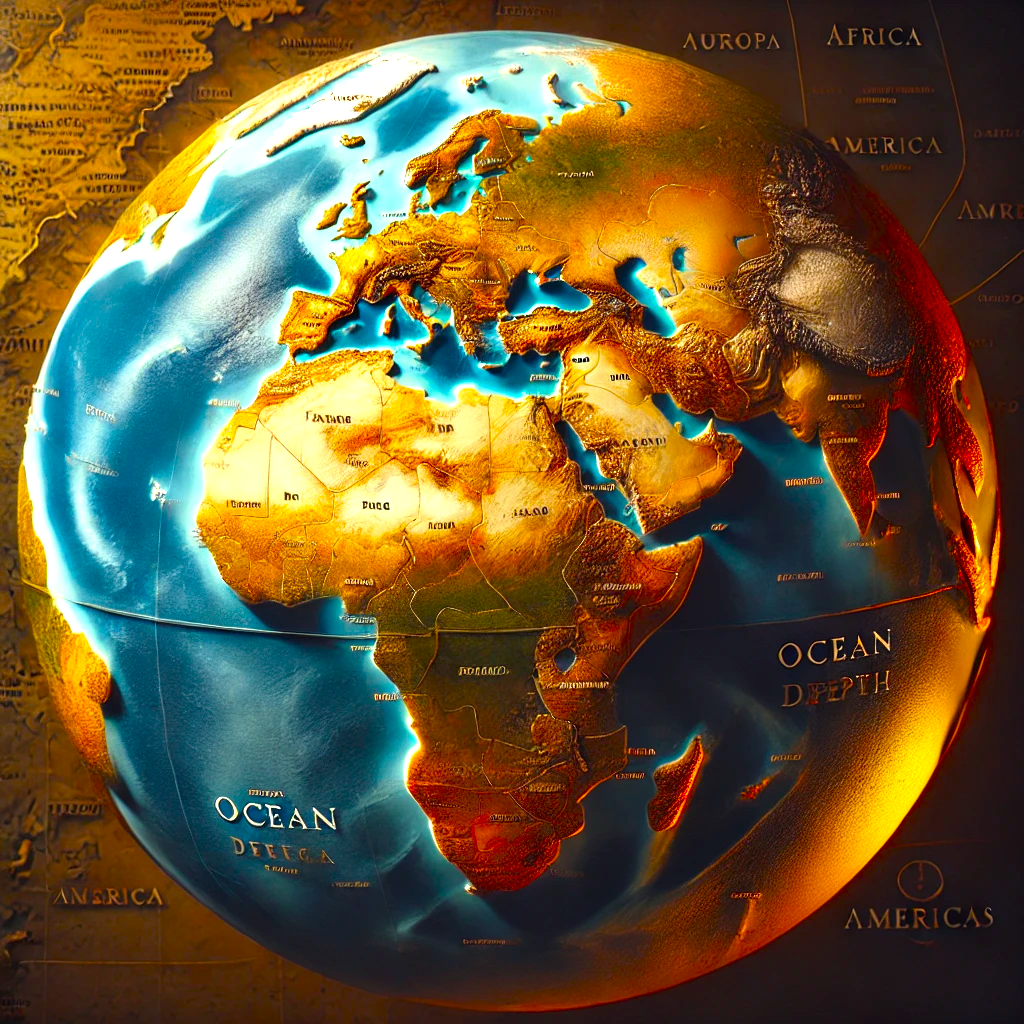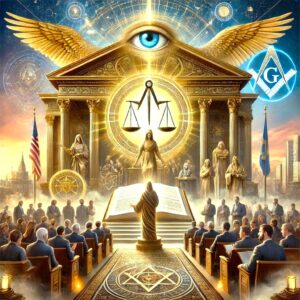
Freemasonry, with its rich traditions and esoteric symbolism, emerged as a significant fraternal order in the early 18th century. While its origins trace back to medieval stonemason guilds, the transformation into speculative Freemasonry where moral and philosophical teachings replaced operative stone craft occurred in Britain. From there, Freemasonry spread across Europe, influencing societies and shaping intellectual movements. Below is a detailed account of how Freemasonry expanded across the continent:
1. The Birthplace: England and Scotland (1717 – Mid-18th Century)
The formalization of Freemasonry began in England in 1717, when four London lodges united to form the Grand Lodge of England (GLE). This was the first governing body of Freemasonry, marking the shift from operative to speculative Masonry. The movement quickly attracted aristocrats, scholars, and professionals, transforming it into a socially and intellectually prestigious institution.
Scotland, however, had an independent Masonic tradition that predated the Grand Lodge of England. The Lodge of Edinburgh (Mary’s Chapel No. 1), dating to 1598, and the Schaw Statutes of 1599 provide evidence of early Scottish Masonic organization. The Grand Lodge of Scotland was eventually established in 1736, blending both operative and speculative Masonry.
2. France: Freemasonry and the Enlightenment (1725 – 18th Century)
Freemasonry arrived in France around 1725, introduced by English and Scottish Jacobites supporters of the exiled Stuart king, James II. These early lodges attracted members of the nobility, intellectuals, and revolutionaries. The movement flourished under the influence of the Duke of Clermont and later the Duke of Orléans, leading to the foundation of the Grand Orient de France (GODF) in 1773.
French Freemasonry developed distinct characteristics:
- The rise of higher degrees, such as the Scottish Rite (Rite Écossais), with elaborate initiatory structures.
- A strong connection to the Enlightenment, influencing thinkers such as Voltaire, Montesquieu, and Benjamin Franklin.
- A division between traditionalist lodges aligned with England and more progressive, secular lodges aligned with the Grand Orient.
Freemasonry played a role in the ideological foundation of the French Revolution (1789), as many revolutionaries, including Mirabeau, Lafayette, and Danton, were members.
3. Germany: A Hub of Esoteric and Philosophical Masonry (1733 – 19th Century)
Freemasonry reached Germany in 1733, when the first lodge was founded in Hamburg. The movement expanded rapidly, gaining favor among aristocrats and intellectuals.
Key developments in German Freemasonry:
- Strict Observance Rite (1750s): Introduced by Baron von Hund, this system claimed direct descent from the medieval Knights Templar.
- The Illuminati (1776): Founded by Adam Weishaupt, this radical group operated within some Masonic lodges and sought to reform society based on Enlightenment ideals.
- Schröder’s Rite (1780s): A simplified and Germanized version of Freemasonry.
German Freemasonry often leaned toward mysticism and esoteric traditions, attracting scholars such as Goethe and Herder.
4. Italy: Freemasonry and the Birth of Nationalism (1730s – 19th Century)
Freemasonry reached Italy in the 1730s, but it remained under scrutiny by the Catholic Church. Despite papal bulls condemning Masonry (such as Clement XII’s In Eminenti Apostolatus Specula in 1738), Italian lodges thrived, often operating clandestinely.
Freemasonry played a significant role in Italian unification (Risorgimento, 19th Century):
- Giuseppe Garibaldi, the revolutionary leader, was a prominent Mason.
- Italian lodges supported liberal and nationalist movements against Papal and Austrian rule.
- The Grand Orient of Italy (1864) became the leading Masonic body in the country.
5. Spain and Portugal: Freemasonry and the Struggle for Liberalism (18th – 19th Century)
Freemasonry entered Spain in the late 1720s, mainly through British merchants. However, due to the strong Catholic influence, Spanish Freemasonry faced repression.
Key events:
- 18th Century: Repeated papal bans and Inquisition persecution against Freemasons.
- 19th Century: During the Napoleonic Wars, Freemasonry aligned with liberal and anti-monarchical forces.
- Spanish Civil War (1936-1939): The dictator Francisco Franco viewed Freemasonry as an enemy, leading to severe suppression.
Similarly, Freemasonry in Portugal became intertwined with anti-clerical and republican movements, contributing to the fall of the monarchy in 1910.
6. Eastern Europe and Russia: Freemasonry in the Shadows (18th – 20th Century)
Freemasonry spread to Poland, Hungary, and Russia in the 18th century, often as an intellectual and political movement.
- Poland: Polish lodges were closely linked to independence movements against Prussian and Russian control.
- Russia: Initially welcomed by Catherine the Great, Freemasonry later faced suppression under Tsar Alexander I (1801-1825) and Nicholas I.
- Soviet Union (20th Century): Freemasonry was completely banned under communist rule.
Conclusion: The European Masonic Landscape
By the 19th century, Freemasonry had spread across Europe, influencing political, philosophical, and cultural developments. While some regions embraced Freemasonry as a force for enlightenment and liberalism, others (such as Catholic Spain and Orthodox Russia) viewed it with suspicion.
Despite challenges, Freemasonry persisted, adapting to local conditions while maintaining its universal principles of fraternity, morality, and knowledge. Today, European Freemasonry remains diverse, with branches ranging from traditional lodges following the United Grand Lodge of England (UGLE) to progressive, secular Grand Orients.

